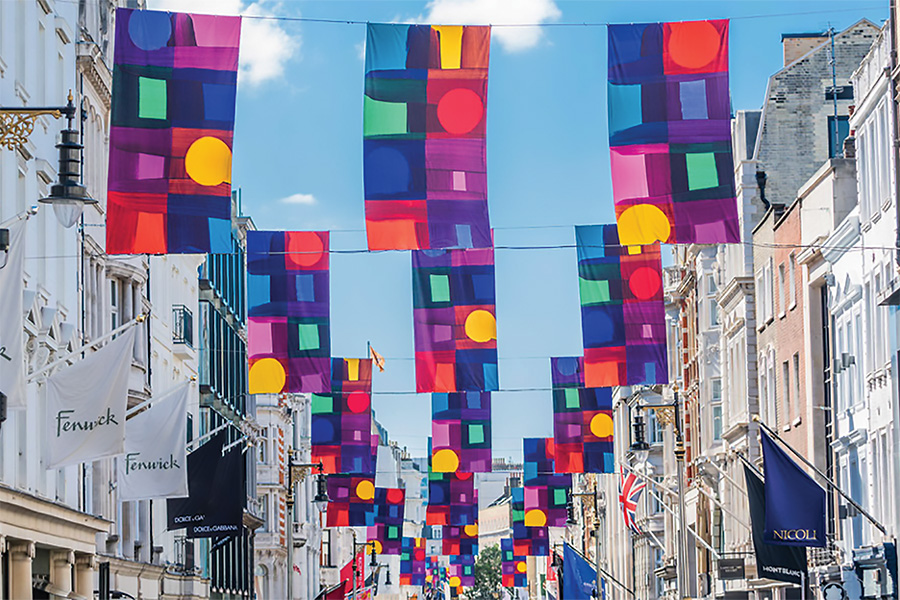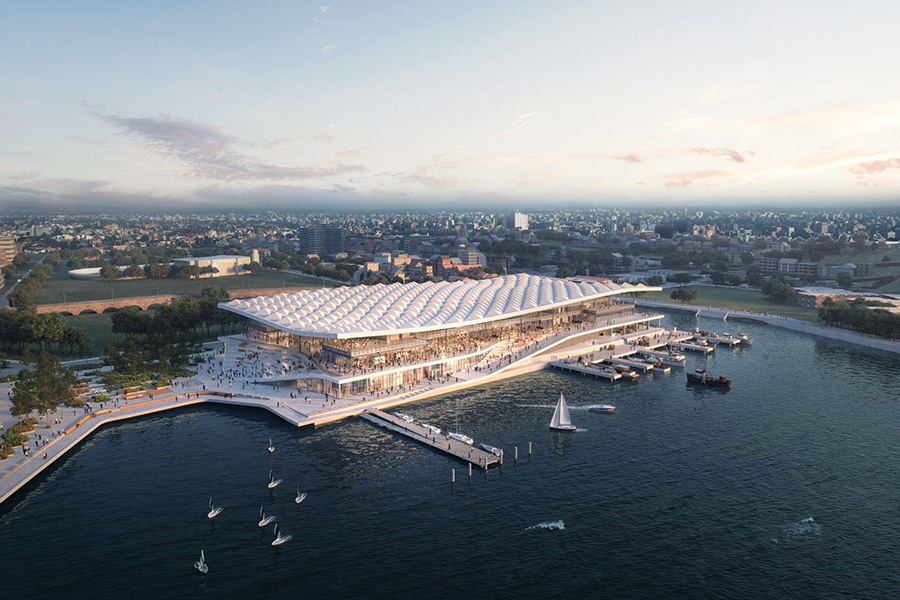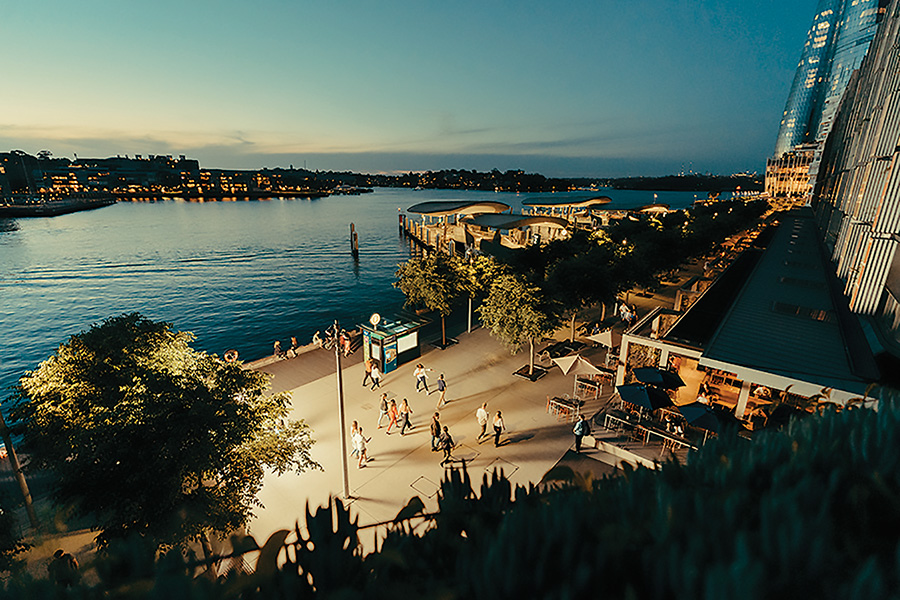A Business Improvement District (BID) is a partnership where property owners and retailers come together to make a positive and collective contribution to the good of their district. As Claire Bowles, Regenerative Development Lead at i2C Architects writes, the world’s largest BID was London’s West End. CEO of that BID, Jace Tyrrell, now heads up Sydney’s first.
Revitalising and regenerating districts is a must as we shift our cities to become thriving destinations that strive for sustainable outcomes. This is all too often hampered by the lack of collaboration and integration of key stakeholders within developments when each hold different invested interests that can lead to short termism and barriers to sustained improvement.
What if there was a model that could unlock private capital and bring together stakeholders to collaborate and create revitalised districts with a focus on sustainability outcomes such as net zero targets and social value gains?
By bringing together public and private sector players with the ambition to regenerate a district, we can start to lean into real place-based regeneration rather than individual property developer’s dreams and ideas to drive their own personal returns.
The model does indeed exist and has been in existence across the world since 1970 with more than 2,000 Business Improvement Districts (BIDs) in cities across the world. From Downtown Cape Town to London’s West End, from Times Square in New York to Two Kings in Toronto, cities around the world are dotted with BIDs that have transformed once rundown, fragmented and sometimes crime-ridden areas into bustling economic powerhouses attracting businesses, residents, tourists, artists and events both day and night.
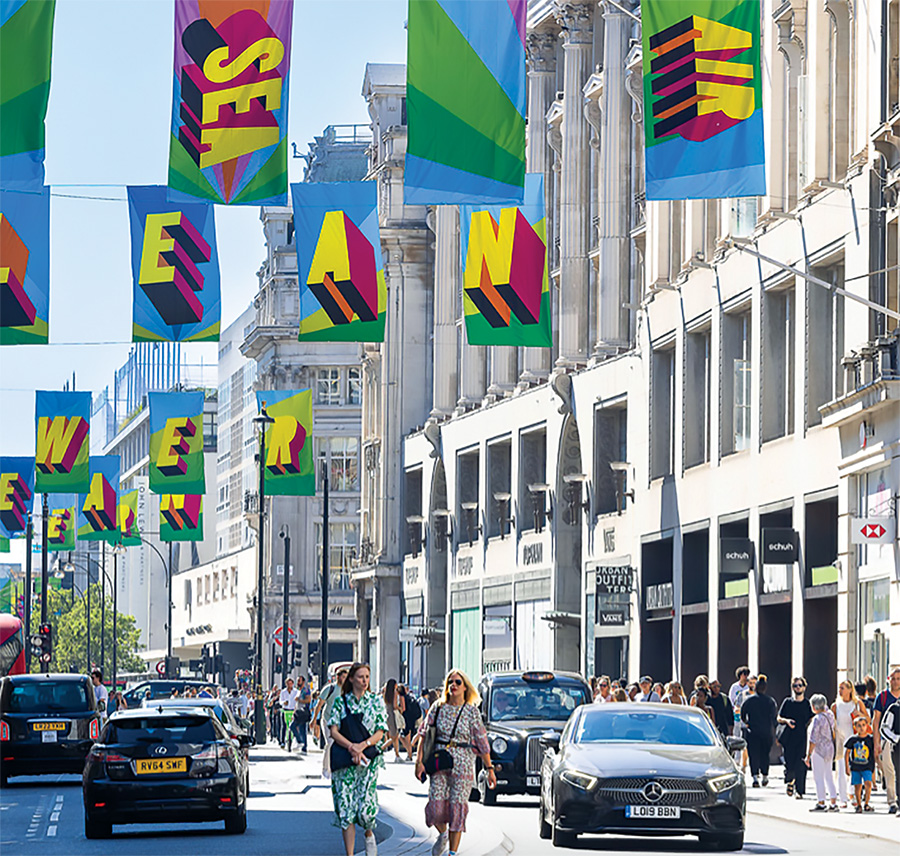
London’s West End attracts more than 200 million visits a year
A BID is a public private partnership (PPP) where property owners and retailers come together and decide to make a collective contribution to the improvement, maintenance, development and/or marketing of their district. Most of the property owners must agree to fund the BID through an extra assessment. The core concept is based on the idea of shared responsibility and commitment via funds for the revitalisation and vibrancy of the precinct as a destination for both local community and visitors alike. Shopping centres are typically single properties managed by one entity that sublets retail square footage to multiple tenants.
BIDs have successfully leveraged private funding in cities to catalyse urban regeneration. In fact, well-managed BIDs have contributed to increased property values, improved sales for local retailers, and decreased commercial vacancy rates.
Luckily for us, Australia has one BID, and even better for Sydneysiders, it is leading the charge when it comes to driving visitation, investment and urban outcomes for the nation’s most iconic precincts – our beloved harbour.
- Sydney Fish Markets, Blackwattle Bay
- Barangaroo
Spanning the harbour front from Walsh Bay to Blackwattle Bay, this investment in the western foreshore will better connect 7km of prime waterfront land and 25 hectares of parkland. Modelling shows this activation will unite 1,000 businesses and organisations that make up this remarkable stretch of foreshore to grow visits from 78 million a year to close to 110 million over ten years, creating jobs, boosting state revenue and contributing to sustainable development.
Like it has done around the world, this is a business-led collaboration and has the potential to unlock billions of dollars worth of private sector capital, while also creating a better connected, vibrant and net-zero waterfront.
“Having worked on the West End BID, I know from experience this is not some architect’s fanciful dream or property developer’s smokescreen, but an achievable, place-based public-private partnership where the reward is immense,” says Jace Tyrrell, CEO, New Sydney Waterfront Company.
The investment in London’s West End created 2,000 new jobs and saw annual turnover increased from $12 billion in 2016 to $18 billion in 2019, attracting more than 200 million visits a year.
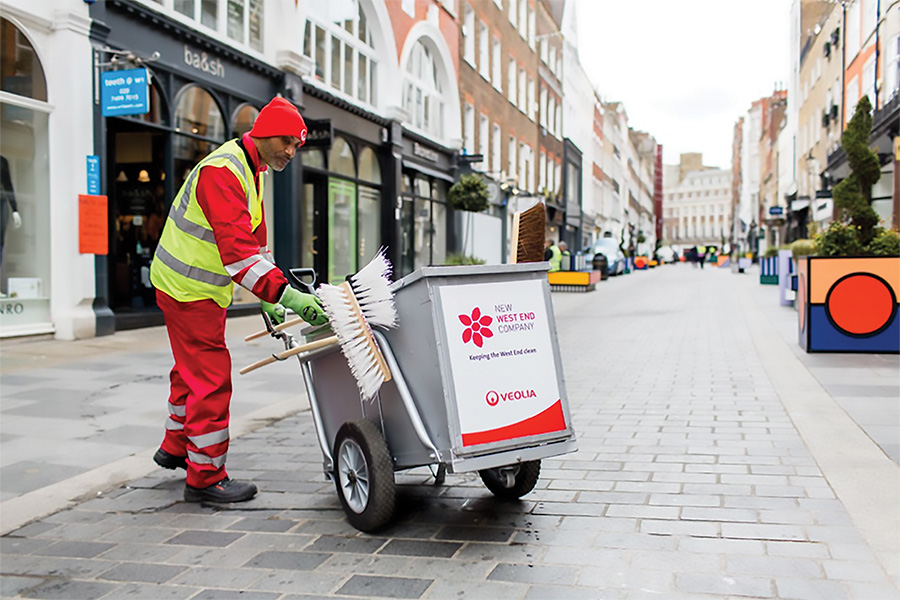
The investment in London’s West End created 2,000 new jobs
Globally, the most successful BIDs yield results when there is a collaboration dividend by businesses genuinely connecting to their people, place and its history, by commerce and culture working together with the public agencies and by delivering a diverse mix of businesses, services and experiences that bring joy to local and global visitors alike. And as the world emerges from the devastating impacts of the COVID-19 pandemic, now is the perfect time for the nation’s first BID to shine the light on Sydney’s stunning, but still emerging, harbour foreshore.
“Our BID venture across the Western Harbour will also be the test case for other place partnerships of all sizes and mixes across Sydney and NSW, creating structures and funding streams for new vibrant, connected places for people and businesses to come together,” says Tyrrell.
This won’t happen without solid investment, cooperation between businesses, the backing of local councils and state government.
With businesses and State agencies ready to commit up to $12 billion over this decade across the great Western Harbour, the partnership will be able to create a more sustainable, 24-hour precinct catalysing on the globally successful ‘improvement district’ (ID) model. It will mean new creative facilities and entertainment venues, working together to address environmental and affordability issues, delivering an ‘always on’ precinct experience, while also providing pathways to local employment and attracting visitors from around the world.
This is a unique concept for Australia and a BID to boost Sydney that is surely worth backing.
The potential of the ID model doesn’t stop there – there is a unique opportunity to embrace this model for social innovation and community participation through Community Improvement Districts (CIDs) and even a possible Social Improvement District (SID).
This article by Claire Bowles, Regenerative Development Lead at i2C Architects was first published in Shopping Centre News magazine. Premium members can view the full digital flipbook here.


